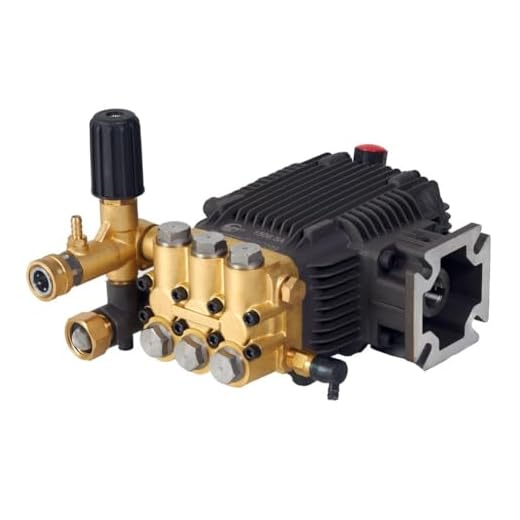



For anyone keen on understanding the intricacies of high-pressure cleaning devices, examining their components and assembly is essential. The core of these units typically consists of a robust motor and a highly efficient pump. The motor is responsible for generating the necessary power, while the pump pressurises the water, propelling it through the nozzle.
The choice of pump plays a significant role in the overall performance. Axial pumps, for example, are common in lower-end models, providing adequate pressure for household cleaning tasks. In contrast, triplex pumps are utilised in professional-grade equipment, offering greater longevity and pressure output suitable for heavy-duty applications.
It’s crucial to consider the construction materials of these systems. High-quality components, such as reinforced plastic or stainless steel, significantly enhance durability and resistance to corrosion. Additionally, the design of the nozzle impacts spray patterns and pressure adjustment, allowing users to tailor the cleaning experience according to specific tasks.
Assembly involves precise engineering to ensure optimal performance. Each part must fit seamlessly to avoid leaks and pressure loss. Testing under various conditions is a key part of the process, ensuring each unit meets industry standards before reaching consumers.
As you explore these cleaning devices, remember the importance of maintaining them regularly. Keeping filters clean and checking for wear can prolong the life of these machines, ensuring they operate at peak efficiency whenever required.
How It’s Constructed: High-Pressure Cleaner
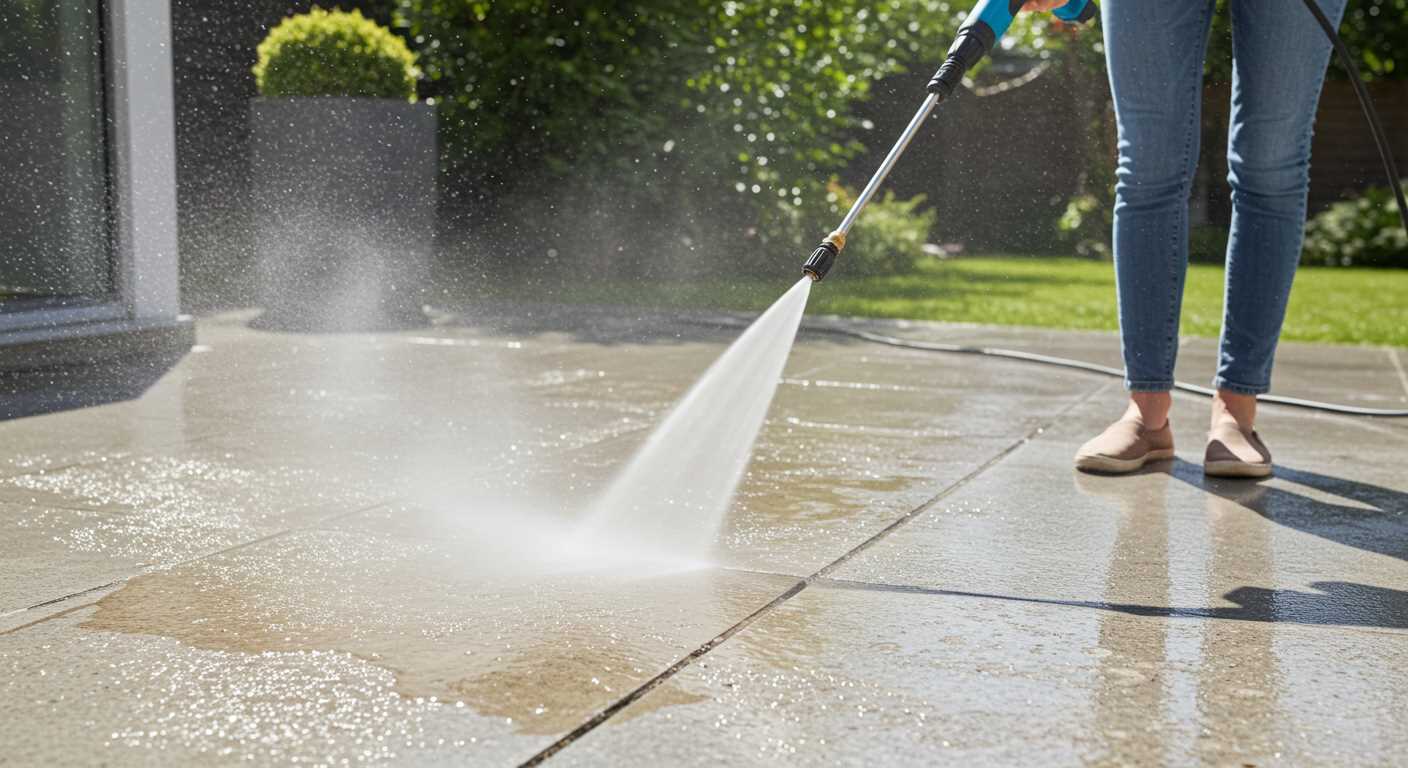
Investing in a high-pressure cleaning device requires understanding its core components. Key elements include the motor, pump, and spray nozzle–each playing a significant role in performance.
The motor typically operates either on electricity or petrol. Electric models excel in quieter operations and lower maintenance needs. Petrol variants offer greater mobility and power but require regular upkeep. I recommend assessing your cleaning needs before choosing a power source.
The pump is the heart of the machinery. It generates the pressure needed to expel water forcefully. Types of pumps vary, but triplex plunger pumps are favoured for their durability and efficiency. When evaluating performance, look for GPM (gallons per minute) and PSI (pounds per square inch) ratings, as they indicate the machine’s cleaning prowess.
| Component | Function |
|---|---|
| Motor | Drives the unit; available in electric or petrol options. |
| Pump | Generates high pressure for effective cleaning. |
| Spray Nozzle | Controls the water spray pattern and intensity. |
| Hose | Conveys water from the unit to the nozzle. |
| Safety Features | Includes thermal relief, auto shut-off, ensuring user protection. |
Focus on the spray nozzle design as it influences the versatility of applications. Various patterns enable adjustment for different tasks, from rinsing delicate surfaces to tackling tough grime.
Lastly, safety is paramount. Look for features like thermal relief valves and automatic shut-off mechanisms to prevent overheating and ensure longevity. I advise conducting regular maintenance checks to keep all parts in excellent condition, extending the life of your cleaning device.
Understanding the Power Source of High-Pressure Cleaners
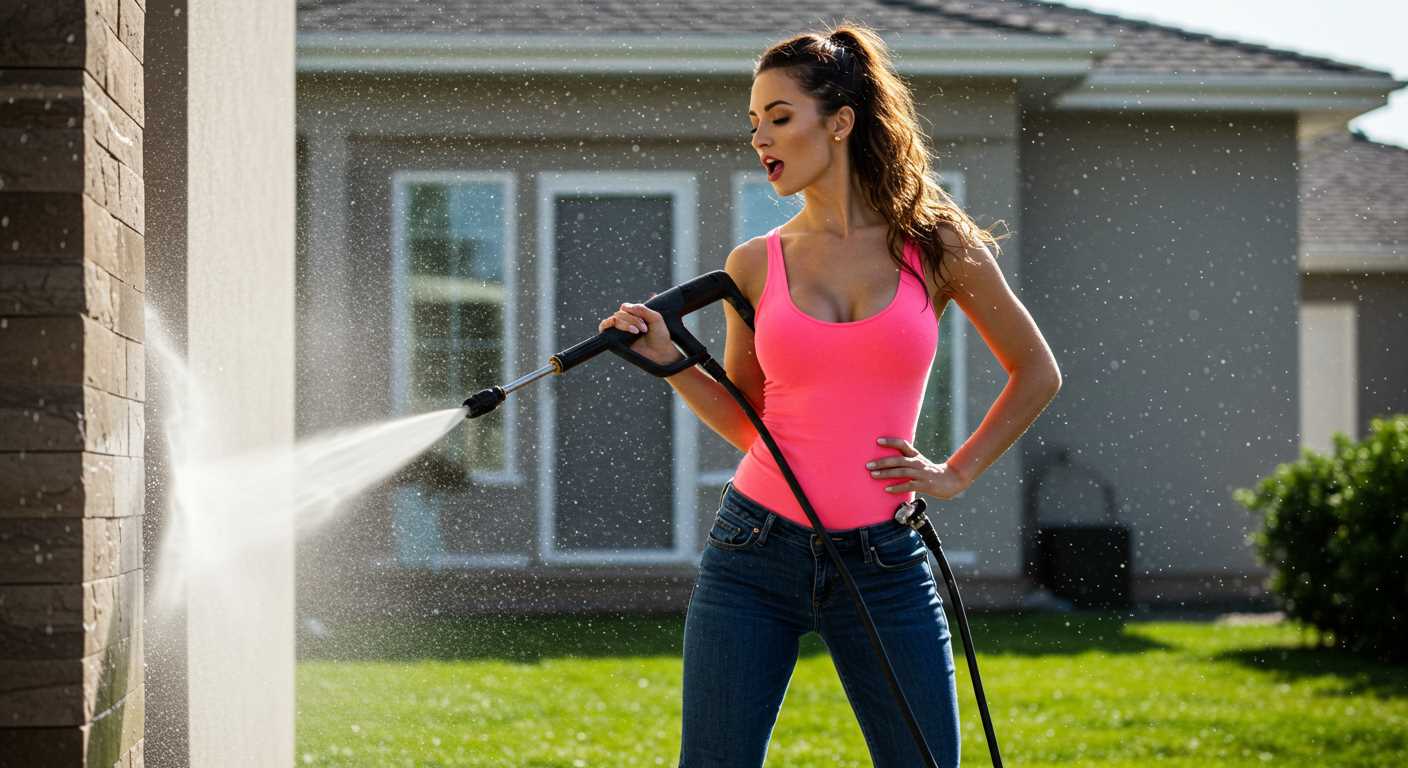
Choosing the right energy source is fundamental for high-pressure cleaning devices. There are two primary types: electric and petrol. Each has distinct characteristics that cater to different cleaning needs.
Electric Models
Electric-powered cleaners are ideal for residential and light commercial use. They are often lighter, more compact, and easier to store. Key advantages include:
- Quieter operation compared to petrol units.
- Lower maintenance requirements, lacking the need for fuel mixing.
- Instant start-up with a simple switch, eliminating warm-up time.
However, their limitations include dependence on power outlets, which may restrict mobility. Additionally, the water pressure is generally lower, making them less effective for heavy-duty tasks.
Petrol Units
Petrol engines provide significant advantages in power and portability, suitable for robust cleaning tasks. Consider these features:
- Higher PSI (pounds per square inch) and GPM (gallons per minute) ratings, offering superior performance on tough grime.
- Greater mobility, as they do not require a constant electrical supply.
- More versatile in outdoor settings, perfect for larger projects.
Nevertheless, these models can be noisier and require more regular maintenance, such as oil changes and air filter cleaning. They also produce emissions, which may limit their use in enclosed spaces.
Understanding the distinctions between these power sources helps in selecting the most suitable option for your cleaning tasks. Analyze your specific needs and consider the environment where the equipment will be utilised to ensure optimal performance.
The Role of the Pump in Generating High Pressure
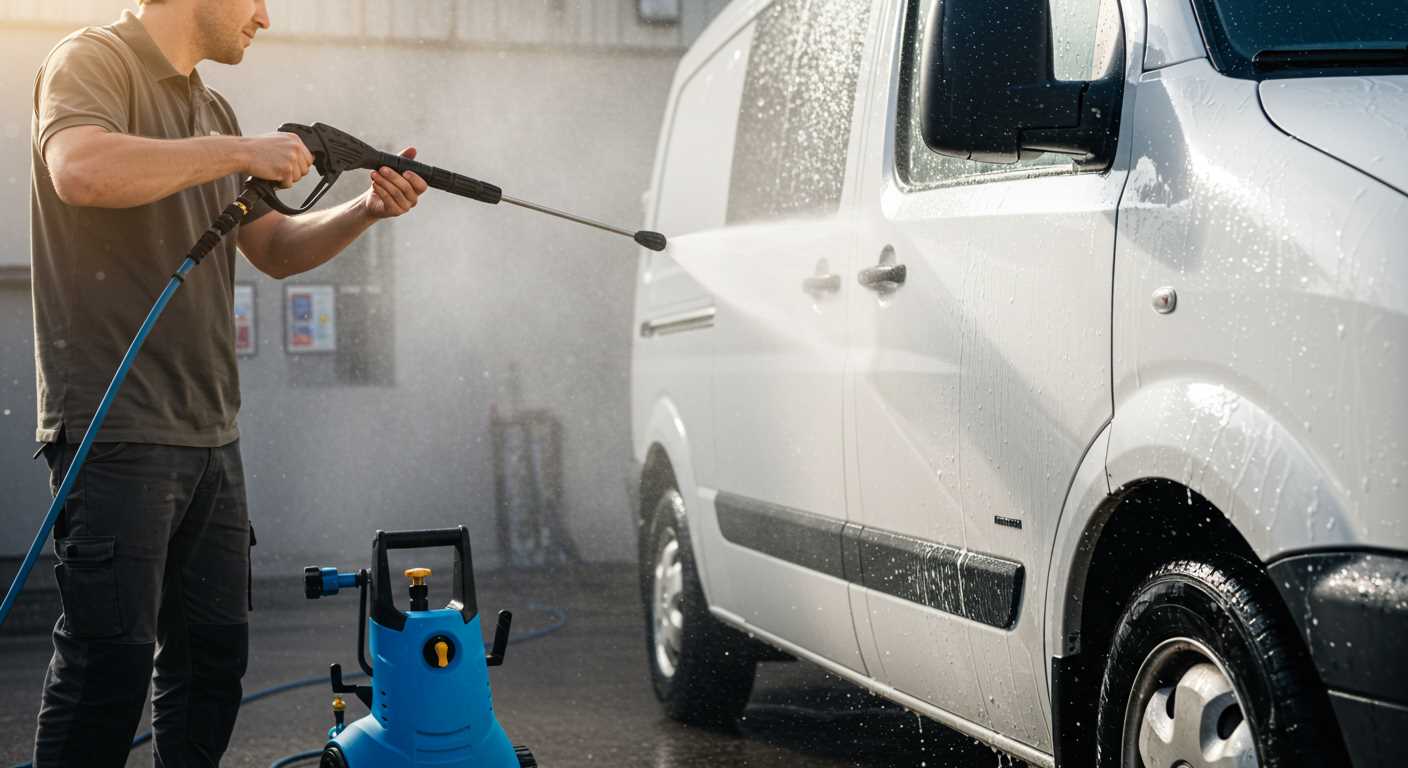
The pump is the heart of any cleaning unit, responsible for converting low pressure from the water source into high pressure. The efficiency of this component directly influences the overall cleaning capability of the device. Understanding the mechanics of the pump provides valuable insights into optimal equipment usage.
Pump Types and Their Mechanisms
There are primarily two types of pumps found in these cleaning devices:
- Axial Pumps: Commonly used in residential models, they feature a simple design that ensures ease of maintenance and lower costs. While suitable for light to moderate tasks, they may not achieve the highest pressures.
- Triplex Pumps: Typically found in professional machines, these offer higher durability and performance. Their design includes three pistons, which creates more consistent and powerful output. Ideal for heavy-duty applications, they handle tough cleaning tasks effectively.
Pressure Generation Process
The process of pressure generation begins when water enters the pump. Here’s a brief rundown:
- The pump intake valve opens, allowing water to fill the chamber.
- The pistons, driven by an electric motor or engine, compress the water. This compression raises the water’s pressure significantly.
- The pressurised water is then expelled through the nozzle at high velocity, creating a powerful cleaning jet.
The quality of materials used in pump construction also plays a significant role in longevity and performance. Materials such as brass, ceramic, and stainless steel are commonly employed to resist wear and tear, ensuring consistent operation over time.
Regular maintenance, including checking for wear on seals and valves, can prolong the lifespan of the pump. Monitoring performance and being attentive to any decrease in pressure can indicate the need for servicing.
Understanding these aspects of pump operation allows users to select the right equipment for their specific cleaning needs, ensuring efficient and effective results in every application.
Components of the Nozzle and Their Impact on Water Flow
The nozzle is a vital element that directly influences the performance of any cleaning device. Understanding its components allows for optimal selection based on specific tasks. Key parts include the orifice, fan pattern adjusters, and material of construction.
Orifice Size
The size of the orifice determines the flow rate and pressure of the water jet. Smaller orifices produce a concentrated stream, ideal for tough stains, while larger ones enhance coverage, useful for rinsing larger surfaces. Choosing the correct size can mean the difference between effective cleaning and wasted water.
Fan Pattern Adjusters
Fan pattern adjusters enable users to switch between narrow and wide spray patterns. A narrow angle offers high impact, suitable for targeted cleaning, whereas a wider spread facilitates quicker coverage of expansive areas. Adjustability provides versatility for various cleaning applications, maximising efficiency.
Material choice impacts durability and efficiency. Brass and stainless steel nozzles resist wear and heat better, extending lifespan compared to plastic alternatives. In selecting a nozzle, consider both material and design to ensure it meets your needs for frequency and intensity of use.
Materials Used for Durability and Performance
For optimal longevity and functionality in cleaning devices, selecting the right materials is paramount. In my experience, components crafted from high-quality metals like stainless steel and brass exhibit resilience against corrosion and wear, thus extending the lifespan of the unit. The use of durable plastics, such as polycarbonate, ensures that casing remains lightweight yet robust, crucial for ease of handling while resisting damage from impacts.
Composition of Key Parts
The motor housing benefits significantly from polyamide fibres, which enhance temperature resistance and mechanical strength, ensuring consistent operation even under heavy-duty conditions. Likewise, reinforced rubber seals and gaskets are essential for preventing leaks, thereby maintaining pressure and enhancing efficiency. The nozzle assemblies often incorporate ceramics, which provide superior hardness and wear resistance, guaranteeing precise water flow management over time.
Weight vs. Durability Balance
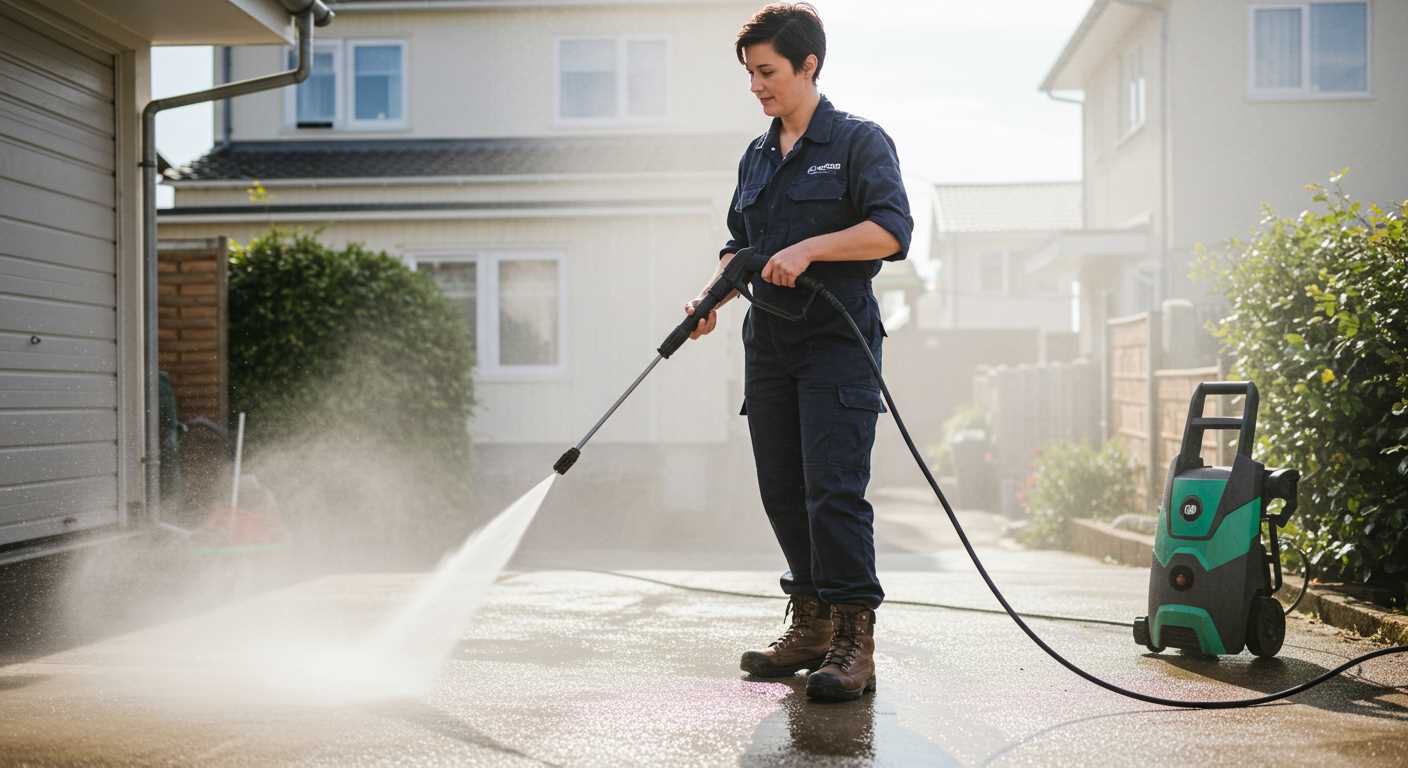
A strategic balance between weight and durability is necessary for functional effectiveness. While heavier materials may signify strength, utilising lightweight composites can improve manoeuvrability without sacrificing structural integrity. Hence, the refinement of materials in the production process has led to devices that not only perform exceptionally but are also easier to handle and store.
Manufacturing Process of a Cleaning Equipment Frame
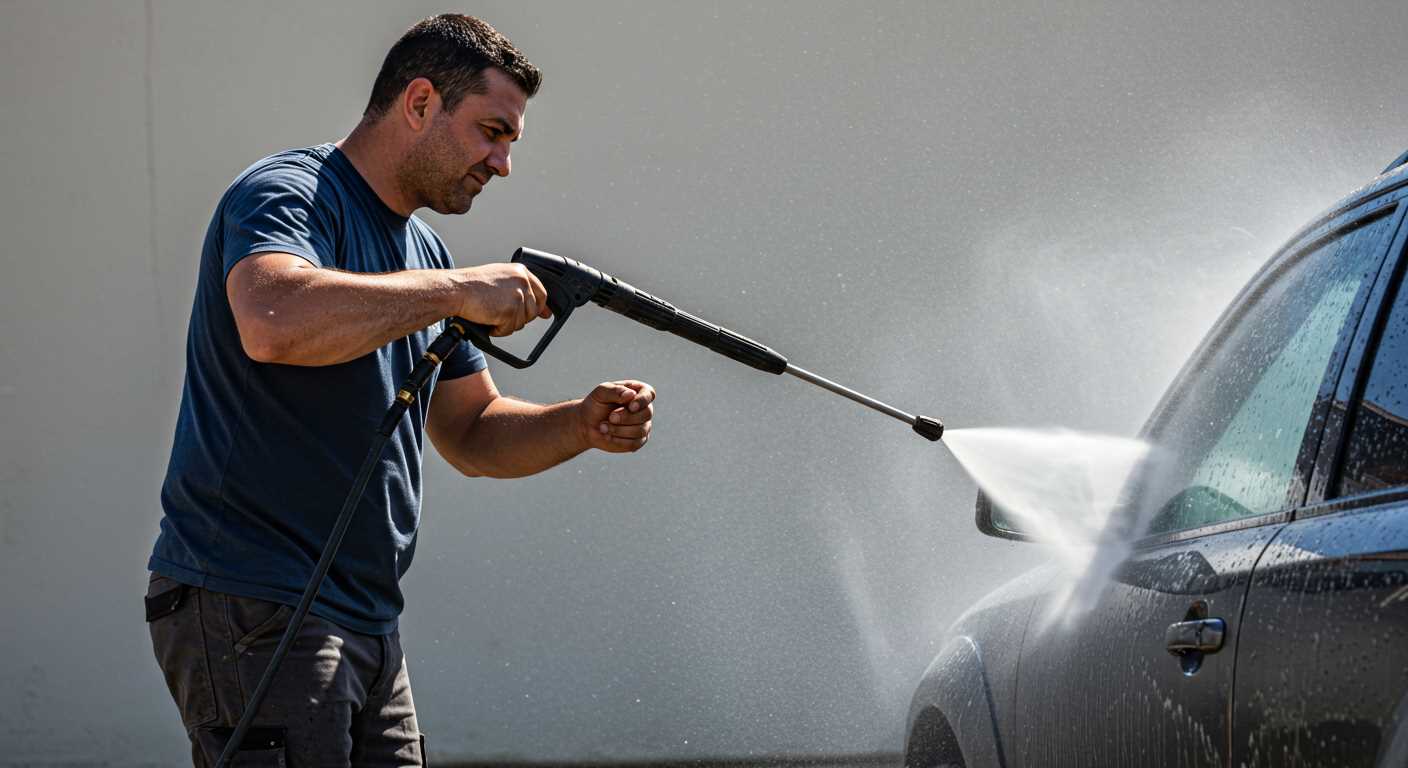
Precision in fabrication is essential for long-lasting equipment. The frame, serving as the backbone, is usually crafted from robust materials such as steel or aluminium. This choice ensures both durability and resistance against environmental factors.
The process typically starts with cutting raw materials to specific dimensions using advanced laser cutting technology. This method provides high accuracy and reduces waste. Following the cutting, the pieces undergo bending to achieve the required angles and forms, ensuring structural integrity when assembled.
After bending, welding is employed to join the components. Skilled welders perform this task, ensuring that each joint meets stringent quality standards. Post-welding processes include grinding and polishing to eliminate imperfections and prepare the surface for coating.
A protective coating, often in the form of powder coating, is applied next. This not only enhances aesthetics but also provides a layer of protection against rust and corrosion, significantly extending the lifespan of the frame.
Finally, once the frame parts are coated and cured, they are assembled with other components like wheels, handles, and stabilisers. This thorough assembly process is crucial, as it ensures that the equipment remains stable and user-friendly during operation
The rigorous quality checks throughout the manufacturing process guarantee that the frame meets safety and performance standards. Each finished product undergoes testing before being shipped to stores, ensuring reliability in the field.
Quality Control Measures in High-Pressure Equipment Production
Implementing stringent quality control during the manufacturing process of high-pressure cleaning units is paramount. In my experience, consistent testing protocols at every stage not only enhance product reliability but also ensure customer satisfaction. Each component undergoes rigorous inspection to meet established specifications before assembly begins.
Testing Procedures
Functional testing is vital. Every assembled unit is operated under maximum load conditions to verify performance standards are met. This includes assessing the power source’s efficiency and the pump’s ability to generate specified pressure levels. Should any discrepancies arise, we initiate immediate corrective action, ensuring that each machine operates optimally before leaving the facility.
Material Inspection
The choice of materials directly impacts longevity and reliability. I recommend employing advanced metallurgical testing for components that experience high stress. For example, pressure hoses must be scrutinised for durability and resistance to kinking. Similarly, nozzles should be evaluated for precision in water flow delivery. With rigorous inspections in place, the result is a more confident end-user experience, significantly reducing warranty claims over time.


